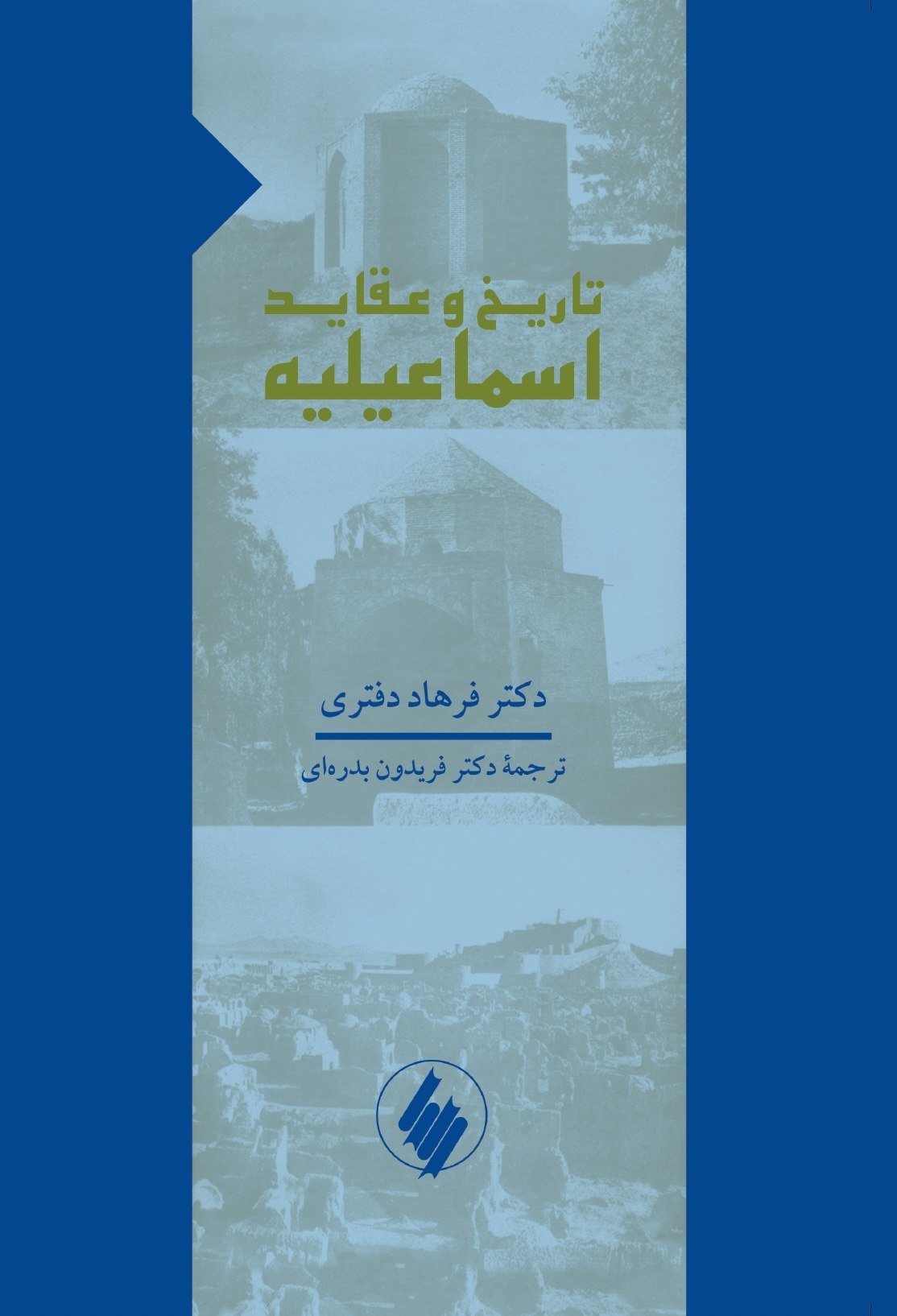This is a Persian translation of Farhad Daftary’s The Ismāʿīlīs: Their History and Doctrines (1st edition).
Description from The Ismāʿīlīs
This authoritative book traces the history and doctrinal development of the Isma’ili movement from its origins to the present day, a period of twelve centuries. It is the first comprehensive synthesis of the scattered results of modern scholarship on the subject and it draws on numerous primary and secondary texts, and particularly a number of private Isma’ili manuscripts which have recently become available. All the major phases of Isma’ili history are covered. From the pre-Fatimid period, Dr Daftary conducts a detailed investigation through the Fatimid ‘golden age’ and the troubled Musta’li-Tayyibi period up to the spiritual and physical strengths of Nizari Isma’ilism in Syria and Iran before the onslaught of the Mongols. The last part of the book discusses the modern developments of the Isma’ili community, explaining the revival of Nizari Isma’ilism, particularly in Iran and on the Indian subcontinent. For all students of Islamic and Middle Eastern history this volume will serve as the most definitive account yet of the history of the Isma’ilis and their movement.
Description from The Ismāʿīlīs
List of illustrations
Foreword, by Wilferd Madelung
Preface
Note on the text
- Introduction: western progress in Isma’ili studies
- Origins and early development of Shi’ism
- Early Isma’ilism
- Fatimid Isma’ilism
- Musta’lian Isma’ilism
- Nizari Isma’ilism of the AlamutFortress of the Nizari Ismailis in northern Iran, which fell to the Mongols in 654 AH/1256 CE. period
- Post-Alamut Nizari Isma’ilism Genealogical tables and lists
Glossary
Notes
Bibliography
Index
Reviews of The Ismāʿīlīs
“Daftary’s work is as clear and comprehensible in style as a book on this subject could be and makes very agreeable reading, with nuggets of valuable information in every chapter.” – Middle East Journal
“This is an impressive survey of real weight in both its scholarship and physical size….If it is primarily a historical work, Daftary has not ignored the doctrinal development of the Isma’ilis. All the major medieval authors, like al-Hamidi, al-Kirmani and al-Sijistani, have been consulted, as well as many secondary sources, and doctrinal developments are placed next to the historical and political. The resulting book is likely to become a standard text for all students and scholars of one of Shi’ite Islam’s most fascinating and complex branches.”
– Ian Richard Netton, The Times Literary Supplement
“…truly an impressive accomplishment as well as a rewarding and pleasant read for anyone even remotely interested in Islamic history. Without a doubt, it will deservedly remain the standard scholarly work on things Ismāʿīlī for some time to come.”
– James E. Lindsay, Journal of Near Eastern Studies

